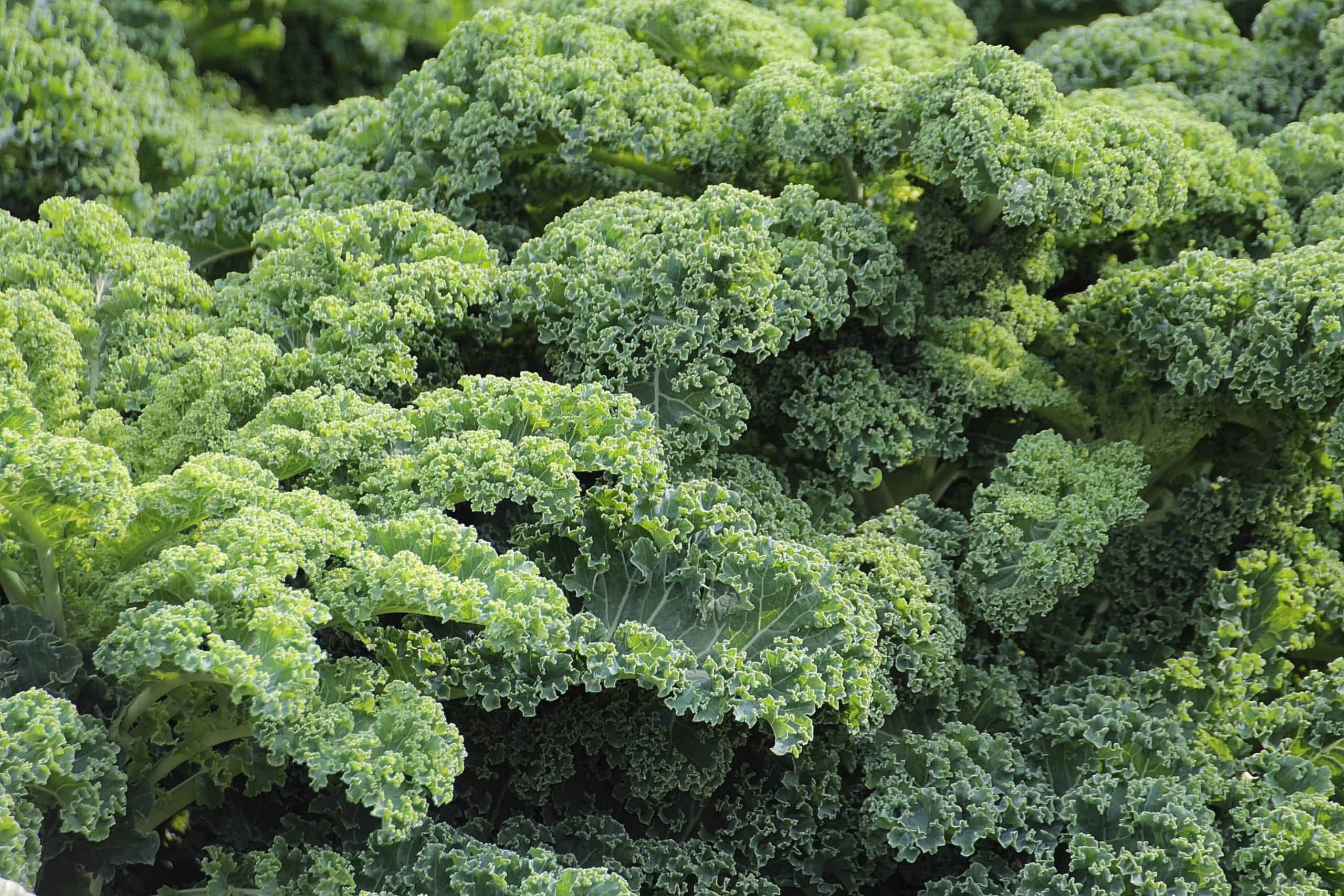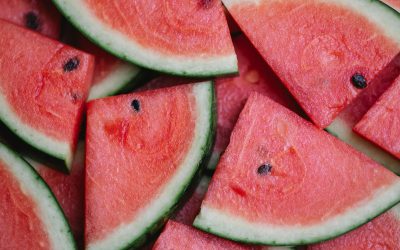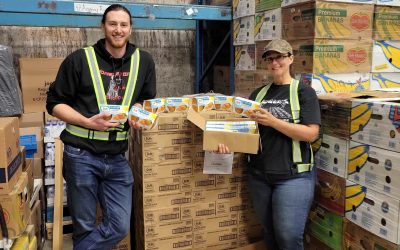Let’s say that you decide to make granola. You drive to the store, buy the ingredients for $30 plus a 10-cent plastic bag, and spend an hour of your time (and oven electricity) preparing and baking it. Even though it’s delicious and perfectly fine as-is, you decide that it’s missing an ingredient and want to start over again. You toss the granola into the 10-cent plastic bag and into the landfill. How much did that cost in food waste?
You might think it cost $30 for the ingredients, plus however many resources it took to produce, harvest, process, package, transport, and sell the ingredients to you. But no, in the food value chain, the cost of waste is often calculated as just the landfill or disposal cost—like the 10 cents for that plastic bag. The rest isn’t measured.
Now imagine this on a global scale.
One-third of all food produced globally goes to waste. Food loss and waste represent nearly 60% of the food industry’s environmental footprint. If food waste and loss were a country, it would be the worst emitter of CO2 after China and the U.S. Food that goes to the landfill creates methane gas, which is 25 times more damaging to our beautiful planet than carbon dioxide.
This is a global systemic problem.
The UN’s Sustainable Development Goal aims to cut global food waste per capita in half by 2030 at the retail and consumer levels and reduce food loss along the supply chain. While it is often assumed that the majority of food is wasted at the retail and consumer (home) levels, food is wasted at every stage along the food chain from production, processing and manufacturing, and retail and distribution, to consumers—who are responsible for 14% of total food waste.
This is exacerbated by disruptions in our food supply chain, such as the COVID-19 pandemic and its subsequent impact on the restaurant and food retail industry. Comparing April 2020 with April 2019, for example, Second Harvest received over double the amount of surplus food than the pre-pandemic period.
In honour of Earth Month 2021’s theme, Restore Our Earth, we are looking at the cost of food waste on our planet along every step of our supply chain and restorative actions to take in order to slow our impact on our climate crisis. Addressing the issue of food waste and loss through measurement and planning across all levels of the supply chain makes our system less vulnerable and more sustainable.
Food Loss in Production: Challenges and Solutions
Surplus food is a complex problem that starts on the farm (or field, ocean, or greenhouse).
Production food loss can be caused by anything from fluctuating market prices, demand, labour changes, or harvest issues to aesthetic criteria, where produce is graded based on looks. For example, if a tomato has a blemish or it isn’t the right variety, it may not leave the farm despite the time, cost, and energy that went into growing, harvesting, and handling it.
For one pound of feedlot beef, it takes 2,500 gallons of water, 12 pounds of grain, 25 pounds of soil, and the energy equivalent of one gallon of gas. All of that is wasted if that one pound of beef never even leaves the processor. Millions of tomatoes are grown in Canada every year and it is expected that hundreds of thousands of them won’t make it to the market. According to a research project for the WWF by Dr. Ayana Johnson, half of the fish caught for the U.S. and EU goes to waste.
The biggest challenge and solution for food loss at the production level is to optimize the harvest.
Recommendations to Curb Food Loss at the Production Level:
- Find alternative, emerging markets for imperfect and less-than-grade-A foods, including retailers and food rescue programs
- Work with buyers to move away from restrictive aesthetic criteria
- Ensure food waste and loss measurement practices that consider causes of loss for specific commodities

Food Loss in Processing and Manufacturing: Challenges and Solutions
Manufacturers and processors turn raw, perishable foods into products. For example, they may take raw dairy, eggs, or meat, for example, and process and package it to be safe (and delicious) to consume. However, when supply chains are interrupted, as they were in COVID, manufacturers may end up with an overabundance of that perishable product. That’s exactly how Second Harvest ended up rescuing potatoes-turned-french fries and delivering them to communities in need across Canada.
According to ReFED, a national nonprofit dedicated to ending food loss and waste in the U.S., almost 90% of surplus food in processing is byproduct and production line waste. The key to their success is improving efficiencies.
Recommendations to Curb Food Loss at the Processing Level:
- Find new uses and market for production use of edible byproducts and establish relationships with food rescue programs for surplus donations
- Improve inefficiencies and avoidable waste/bycatch along production lines such as date coding and labeling
- Encourage facilities to measure food loss within their operations and set reduction targets
Food Waste in Distribution and Retail: Challenges and Solutions
Food waste happens for many reasons at the distribution level. The product may not have been stored or shipped correctly or shipments may have been disrupted or delayed, which might trigger best-before date issues. Or, it could have been handled incorrectly and caused bruising, wilting, or rotting that either the distributor or retailer could reject.
Once the food reaches the retailer, such as a grocery store, food could be wasted because of stocking issues such as over- and under-stocking, food date labeling, or pricing issues. Or because of human error. Many foods require food-safe temperatures and if they’re not put into fridges or freezers fast enough, they could spoil.
Retailers have a lot of power over consumer buying behavior and connecting the supply chain. Even just how a product is visually presented could mean the difference between a purchase and a loss.
Recommendations to Curb Food Waste in Distribution and Retail:
- Start measuring food waste and find out where it’s happening. Set goals to reduce
- Educate employees to understand best-before labels for stocking and donation
- Engage employees in redistribution models for surplus food donations

Food Waste at Home: Challenges and Solutions
After all of that, what a waste if the food finally makes it into our homes only to get tossed. What a shame. The average Canadian will spend $1,766 per household every year on avoidable food waste. That is food that was still good and safe to eat but looked wilted, bruised, or was opened a few days after the best-before date.
When did “when in doubt, throw it out” become a contributor to the global issue of food waste on our planet? What if “when in doubt” is a nod to our lack of education around best-before dates and expirations? If we all knew how bad food waste was for our beautiful planet, would we not think twice about throwing out perfectly good food?
Extra Readings and Resources to Reduce Food Waste at Home
- Guide to Food Date Labels free e-module by Second Harvest
- Guide to Food Waste Audits at Home by Second Harvest
- Best Before Dates Versus Expiry Consumption Guideline by Second Harvest
- 2-Day Event: Food Defenders Series: Practical Tips to Reduce Food Waste at Home
Recommendations to Curb Food Waste at Home:
- Read our post on best-before dates and apply them at home
- Do a food audit of your kitchen to avoid overbuying
- Make a meal plan, buy only what you need, and use it (put waste in your compost, not the landfill)
It’s time that we all do our part, no matter where in the food chain we are.
Extra Readings and Resources on Food Loss and Waste
Here are a few helpful additional readings, resources, and events to check out on your journey to reducing food waste!
- Practical Guide to Measuring Food Loss and Waste by the Commission for Environmental Cooperation (CEC)
- Canada Government “Taking Stock” Food Waste Reduction Report from June 2019
- Food System Book Club Reading List:





